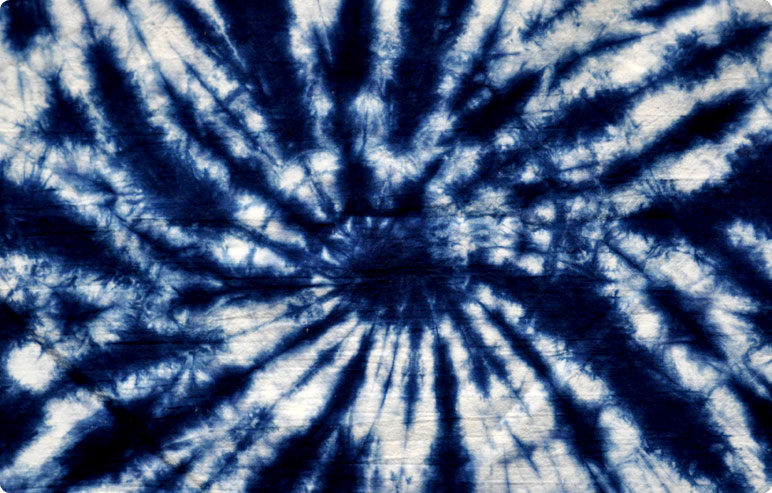Natural Indigo Dye Techniques for Sustainable Clothing Production and Fashion Trends
The Timeless Allure of Indigo Dye for Clothes
Indigo dye has captured the hearts and imagination of artisans and fashion enthusiasts for centuries. With its rich history and remarkable versatility, it remains a beloved choice for dyeing textiles, particularly clothing. The journey of indigo dye is steeped in tradition, artistry, and sustainable practices that resonate well in our modern fashion landscape.
A Brief History of Indigo Dye
Indigo dye originates from the leaves of the indigo plant, which can be found in various regions, including India, Africa, and parts of Asia. The dyeing process with indigo dates back over 6,000 years, making it one of the oldest colorants known to humanity. Ancient civilizations, including the Egyptians and the Chinese, valued indigo not just for its color but also for its rarity and the complexities involved in producing it.
The process of extracting indigo is labor-intensive. First, the leaves are harvested and fermented to release the pigment. This deep blue dye was often used to create exquisite textiles, ranging from traditional garments to elaborate tapestries. Indigo quickly became a symbol of status and sophistication, especially in cultures where the dye was a sign of wealth and artistry.
The Dyeing Process Art Meets Science
The art of dyeing with indigo is as fascinating as the dye itself. Unlike synthetic dyes, indigo is unique because it does not dissolve in water. Instead, it must be reduced to a soluble form before it can adhere to fabric. The dyeing process involves a series of steps, including fermentation, reduction, and oxidation.
Fabric is soaked in a vat containing the reduced indigo, which appears greenish-yellow when submerged. Once the fabric is removed and exposed to air, a chemical reaction occurs, transforming it into a vibrant blue. This color can vary in depth and hue, depending on the number of dips and the type of fabric used. Through this meticulous process, artisans can create beautiful patterns and gradients, breathing life into their textile creations.
indigo dye for clothes

The Sustainable Choice
In recent years, there has been a resurgence of interest in natural dyes, largely due to growing concerns over the environmental impact of synthetic dyes. Indigo, being a natural dye, offers a more sustainable alternative. Unlike chemical dyes that often contain harmful pollutants and require vast amounts of water, indigo dyeing can be conducted with minimal environmental harm.
Many contemporary designers are turning to indigo dye to create eco-friendly clothing lines. This trend aligns with the wider movement towards sustainability in the fashion industry, where consumers are increasingly seeking garments that are not only stylish but also ethically produced. By embracing indigo, brands can connect their products to a rich heritage while promoting responsible practices.
Modern Applications and Trends
Today, indigo dyeing has evolved beyond traditional textiles. It has made its mark on modern fashion, with indigo jeans being a staple in wardrobes around the world. The classic blue jean, synonymous with casual style, often derives its color from indigo dyeing techniques. Many high-end designers are exploring the depths of indigo, incorporating it into their collections through innovative fabrics and designs.
Moreover, the revival of handmade and artisanal crafts has sparked interest in traditional dyeing techniques. Workshops and classes dedicated to indigo dyeing have gained popularity, allowing individuals to appreciate the beauty and effort behind this ancient practice. This not only fosters a greater appreciation for craftsmanship but also encourages the preservation of heritage techniques.
Conclusion
Indigo dye is a remarkable fusion of history, art, and sustainability. As we navigate the complexities of modern fashion, bringing back traditions like indigo dyeing can help us create a more thoughtful relationship with our clothing. Whether appreciated for its aesthetic allure or its environmental benefits, indigo dye remains an enduring choice for those who wish to wear a piece of history. With its deep blue hues and rich narrative, indigo continues to inspire creativity and connection, reminding us of the timeless beauty found in nature and artisan craftsmanship.
-
The Timeless Art of Denim Indigo Dye
NewsJul.01,2025
-
The Rise of Sulfur Dyed Denim
NewsJul.01,2025
-
The Rich Revival of the Best Indigo Dye
NewsJul.01,2025
-
The Enduring Strength of Sulphur Black
NewsJul.01,2025
-
The Ancient Art of Chinese Indigo Dye
NewsJul.01,2025
-
Industry Power of Indigo
NewsJul.01,2025
-
Black Sulfur is Leading the Next Wave
NewsJul.01,2025

Sulphur Black
1.Name: sulphur black; Sulfur Black; Sulphur Black 1;
2.Structure formula:
3.Molecule formula: C6H4N2O5
4.CAS No.: 1326-82-5
5.HS code: 32041911
6.Product specification:Appearance:black phosphorus flakes; black liquid

Bromo Indigo; Vat Bromo-Indigo; C.I.Vat Blue 5
1.Name: Bromo indigo; Vat bromo-indigo; C.I.Vat blue 5;
2.Structure formula:
3.Molecule formula: C16H6Br4N2O2
4.CAS No.: 2475-31-2
5.HS code: 3204151000 6.Major usage and instruction: Be mainly used to dye cotton fabrics.

Indigo Blue Vat Blue
1.Name: indigo blue,vat blue 1,
2.Structure formula:
3.Molecule formula: C16H10N2O2
4.. CAS No.: 482-89-3
5.Molecule weight: 262.62
6.HS code: 3204151000
7.Major usage and instruction: Be mainly used to dye cotton fabrics.

